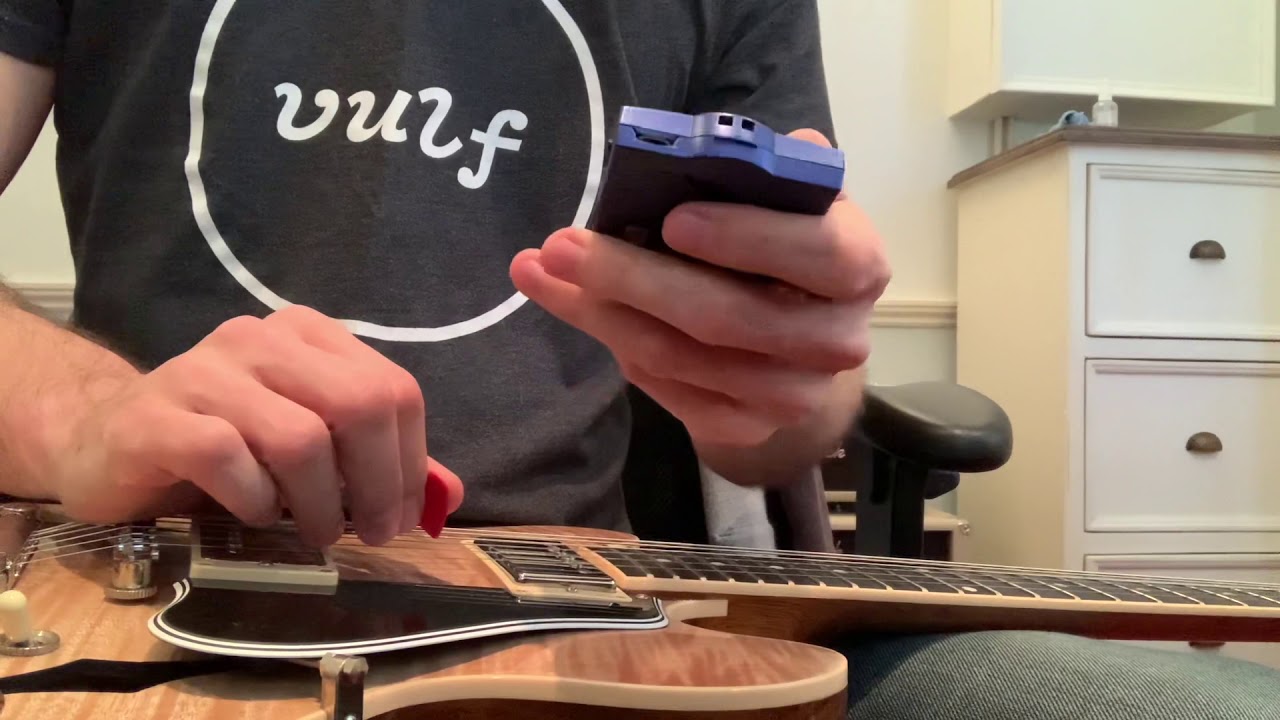I experienced the exact same thing, and you can see that big time in the first clip, and a little bit in this most recent one. This is totally normal, and it’s where the learning comes in. If you somehow remove the strings from the equation by covering then you’re not learning to get the right pick depth and learning what it feels like when you go through the string with smoothness. I don’t know that there’s any way around that other than doing it. It’s going to require a bunch of attempts until one of them works.
If you want to do the motion in the air right above the string you can totally do that. I did that, and you don’t need cardboard. Just extend your wrist a tiny bit higher so you’re picking the air. But again, you’re still going to have to lower that pick into the string and touch it, even if you freak out when you feel it. Doing it right once, at tapping speed, is the critical step.
Why are you working on this, is your table tapping speed faster than you can currently pick?



 220, I’ve never really managed to do with any degree of consistency. That being said I have recently lowered the bar of what I consider acceptable as a tremolo - if approx 80% of it is in time then I consider it achieved in raw speed terms - stops me obsessing and keeps me trying different speeds.
220, I’ve never really managed to do with any degree of consistency. That being said I have recently lowered the bar of what I consider acceptable as a tremolo - if approx 80% of it is in time then I consider it achieved in raw speed terms - stops me obsessing and keeps me trying different speeds.